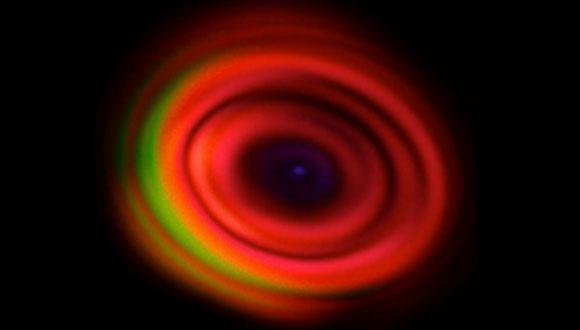LMI Seminar: Biomaterials for Biomedical Applications
Prof. Lihi Adler-Abramovich, Sackler Faculty of Medicine, The Center for Nanoscience and Nanotechnology, TAU
Abstract:
The emerging demand for tissue engineering scaffolds capable of inducing bone regeneration using minimally invasive techniques prompts the need for the development of new biomaterials. One promising route is molecular self-assembly, a key direction in current nanotechnology and material science. In this approach, the physical properties of the formed supramolecular assemblies are directed by the inherent characteristics of the specific building blocks. Molecular co-assembly at varied stoichiometry substantially increases the structural and functional diversity of the formed assemblies, thus allowing tuning of their architecture and physical properties.
Here, in line with polymer chemistry paradigms, we applied a co-assembly approach using hydrogel-forming peptides, resulting in a synergistic modulation of their mechanical properties to form extraordinarily rigid hydrogels which supported osteogenic differentiation based on cells-mechanosensing. Furthermore, we designed a multi-component scaffold composed of polysaccharides, short self-assembling peptides, and bone minerals. We demonstrate the formation of a rigid yet injectable and printable hydrogel without the addition of cross-linking agents. The formed composite hydrogel displays a nanofibrous structure, miming the extracellular matrix and exhibiting thixotropic behavior and a high storage modulus. This composite scaffold can induce osteogenic differentiation and facilitate calcium mineralization.
This work provides a conceptual framework for utilizing co-assembly strategies to push the limits of nanostructure physical properties obtained through self-assembly to design new biomaterials for tissue engineering and personalized medicine applications.
References:
1.Ghosh, Ghosh, M., Bera, S., Schiffmann, S., Shimon, L.J.W., Adler-Abramovich, L.. ACS Nano 2020
2.Cohen-Gerassi, D.; Arnon, Z. A.; Guterman, T.; Levin, A.; Ghosh, M.; Aviv, M.; Levy, D.; Knowles, T. P. J.; Shacham-Diamand, Y.; Adler-Abramovich, L.. Chem. Mater. 2020
3.Halperin-Sternfeld, M.; Ghosh, M.; Sevostianov, R.; Grogoriants, I.; Adler-Abramovich, L. Chem. Comm. 2017
4.Aviv, M.; Halperin-Sternfeld, M.; Grigoriants, I.; Buzhansky, L.; Mironi-Harpaz, I.; Seliktar, D.; Einav, S.; Nevo, Z.; Adler-Abramovich, L. ACS Appl. Mater. Interfaces 2018
5.Netti, F., Aviv, M., Dan, Y., Rudnick-Glick, S., Halperin-Sternfeld, M., Adler-Abramovich, L. Nanoscale; 2022.


